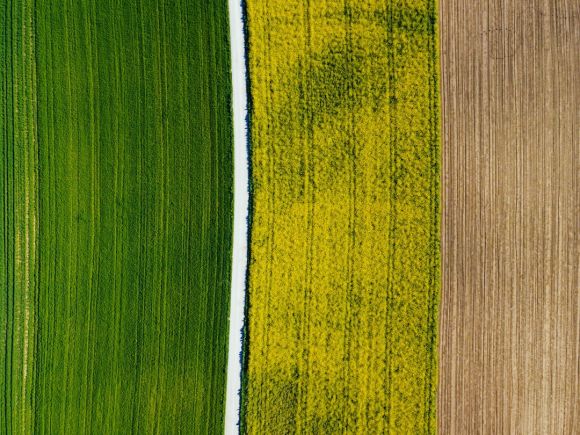In a world where climate change is becoming increasingly evident, farmers are facing the challenge of growing crops in environments that are becoming more unpredictable and challenging. However, with the advancement of technology and the development of innovative farming practices, there are solutions available to help increase crop adaptability and ensure food security for future generations. In this article, we will explore some of these solutions and how they can be implemented.
1. Drought-Tolerant Crop Varieties
One of the biggest challenges faced by farmers in arid regions is drought. To address this issue, scientists have developed drought-tolerant crop varieties. These varieties are genetically modified to have enhanced water-use efficiency, allowing them to survive and thrive in water-limited conditions. By planting these varieties, farmers can significantly reduce water consumption and increase crop productivity in drought-prone areas.
2. Precision Agriculture
Precision agriculture is a farming technique that utilizes advanced technologies such as GPS, remote sensing, and data analytics to optimize crop production. By collecting data on soil moisture levels, nutrient content, and plant health, farmers can make informed decisions about irrigation, fertilization, and pest control. This not only increases crop adaptability but also minimizes resource wastage, making farming more sustainable.
3. Vertical Farming
Vertical farming is a revolutionary approach to agriculture that involves growing crops in vertically stacked layers, using artificial lighting and controlled environments. This method allows for year-round crop production, independent of weather conditions. By providing optimal growing conditions, such as temperature, humidity, and lighting, vertical farming can increase crop adaptability and maximize yield per square foot of land.
4. Crop Rotation and Intercropping
Crop rotation and intercropping are traditional farming practices that can enhance crop adaptability by improving soil health and reducing pest and disease pressure. By alternating different crops in a sequence, farmers can prevent the buildup of pests and diseases that target specific crops. Intercropping, on the other hand, involves growing different crops together in the same field, taking advantage of complementary growth patterns and nutrient utilization. These practices not only increase crop adaptability but also promote biodiversity and sustainable farming systems.
5. Agroforestry
Agroforestry is a land-use system that combines agriculture and forestry practices. By integrating trees with crops or livestock, farmers can enhance soil fertility, conserve water, and create microclimates that favor crop growth. Trees provide shade, reduce wind speed, and improve water infiltration, creating a more favorable environment for crops. Agroforestry systems also promote biodiversity and can be a valuable carbon sequestration strategy, mitigating the impacts of climate change.
6. Biofortification
Biofortification is a technique that involves breeding crops to have higher levels of essential nutrients. This strategy aims to address malnutrition, which is prevalent in many developing countries. By increasing the nutrient content in staple crops such as rice, wheat, and maize, biofortification can improve the nutritional status of vulnerable populations. This not only increases crop adaptability but also contributes to global food security.
In conclusion, increasing crop adaptability in challenging environments is crucial for ensuring food security in a changing climate. The solutions mentioned in this article, from drought-tolerant crop varieties to precision agriculture and agroforestry, offer promising ways to address this issue. By adopting these innovative practices, farmers can not only overcome environmental challenges but also make farming more sustainable and resilient. It is essential that governments, researchers, and farmers work together to promote and implement these solutions to secure the future of agriculture.
